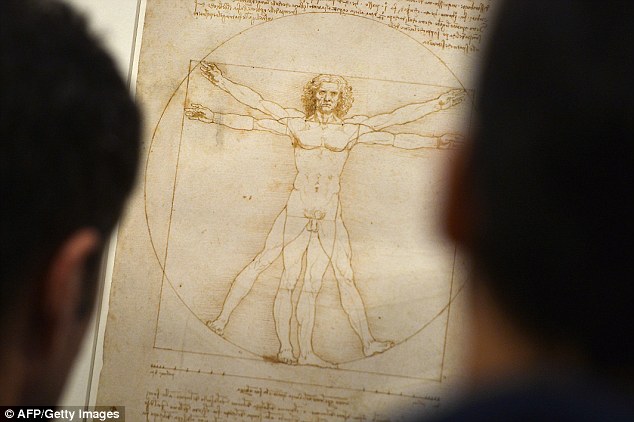The Da Vinci Code: Scientists want to find Leonardo's DNA and restore its appearance

A team of scientists from several countries is seeking , using modern means of working with DNA, to find on the things and works that belonged to the artist and inventor Leonardo da Vinci, his genetic material. It can be compared with the DNA of his descendants, both dead and living, as well as with the remains that may belong to the great master. In addition, modern technology can allow to recreate the appearance and facial features of Leonardo on the basis of the decoding of its genome.
One of the potential sources of Leonardo's DNA may be his famous paintings, including the famous Mona Lisa. In Florence, just at the present moment there is a restoration of his painting The Adoration of the Magi. Scientists expect to complete the work by 2019, exactly in the year of the 500th anniversary of the death of da Vinci.

')
In addition to identifying possible da Vinci remains (some historians have doubts about the place of his burial), scientists will be able to learn more about Leonardo's habits, diet, health, and places he has been to.
Brunetto Chiarelli, director of Human Evolution magazine, in which scientists published an announcement of their work, believes that the work will “not only get great historical information about Leonardo, but also possibly create his genetic profile, which can help us achieve understanding the processes occurring in other people with outstanding opportunities. "
A similar work was carried out two years ago , when, thanks to receiving the DNA of King Richard III of England, it was unequivocally confirmed that the remains found attributed to Richard really belong to him.
Source: https://habr.com/ru/post/368941/
All Articles